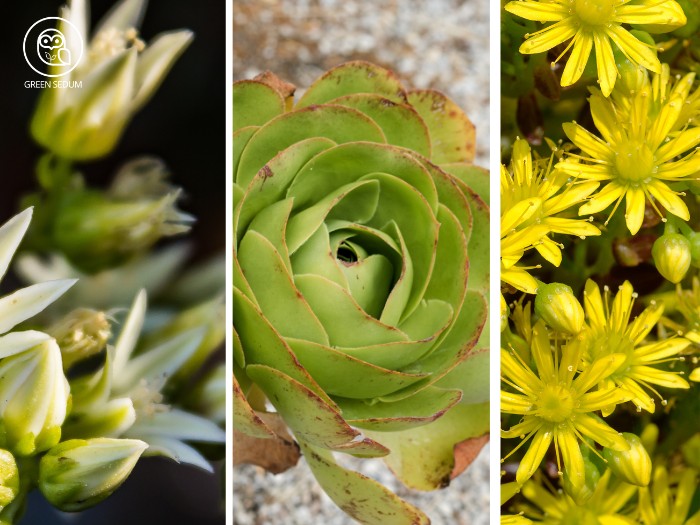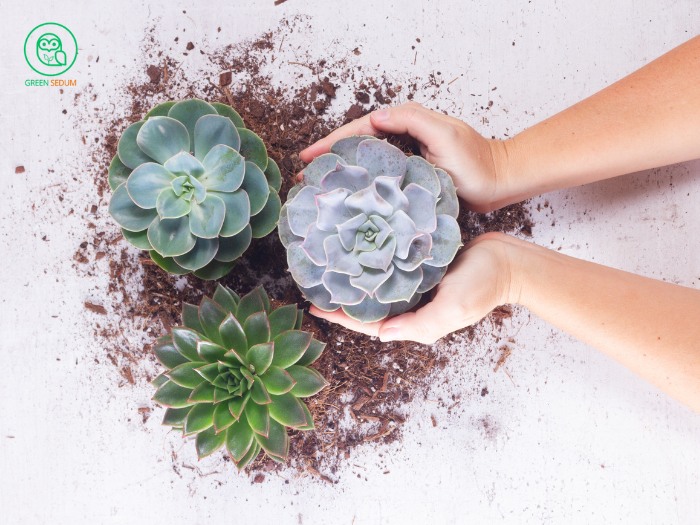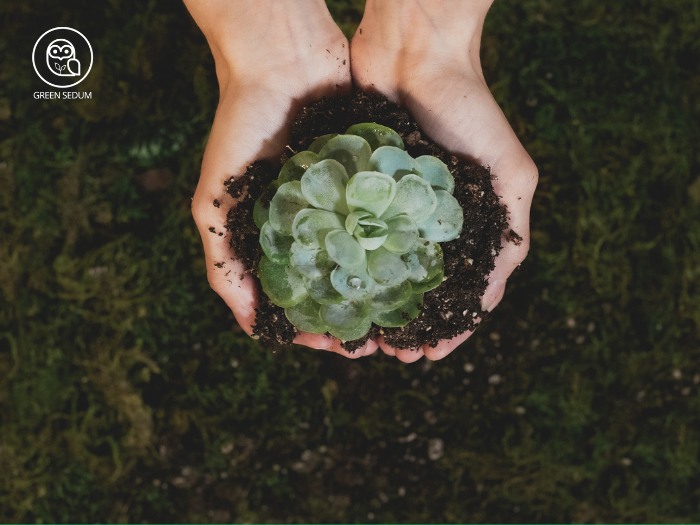Monocarpic succulents are a special group within the plant world, distinguished by their unique blooming cycle. These plants bloom only once throughout their entire life. After flowering, the mother plant typically dies, leaving behind the offspring or new shoots that were produced earlier. This distinctive feature sets them apart from other succulents and highlights their unique life cycle. Understanding this characteristic not only helps in effective care but also fosters the growth of future generations of plants.
1. How Monocarpic Succulents Bloom
Blooming Process
Monocarpic succulents have a unique and captivating blooming process. This process begins when the mother plant reaches maturity and is ready for reproduction. During the blooming phase, the plant focuses all its energy on producing beautiful flowers, often in the form of a large flower cluster, which typically lasts for several weeks.
The flowers of monocarpic succulents are often vibrant and distinctive, making a striking impact in the garden. Once the blooming process is complete, the mother plant will start to weaken and eventually die.
Lifespan of Monocarpic Succulents During Blooming
The lifespan of monocarpic succulents during the blooming phase can vary depending on the specific species. Generally, this period lasts from a few weeks to several months. During this time, the plant showcases its maximum vitality and beauty before beginning to decline and die. Some plants may continue to grow and produce new offshoots from the base, ensuring the survival of the species.
Therefore, even though the mother plant will not survive long after flowering, the offspring will carry on and thrive in your garden.
2. Examples of Monocarpic Succulents
2.1. Sempervivum
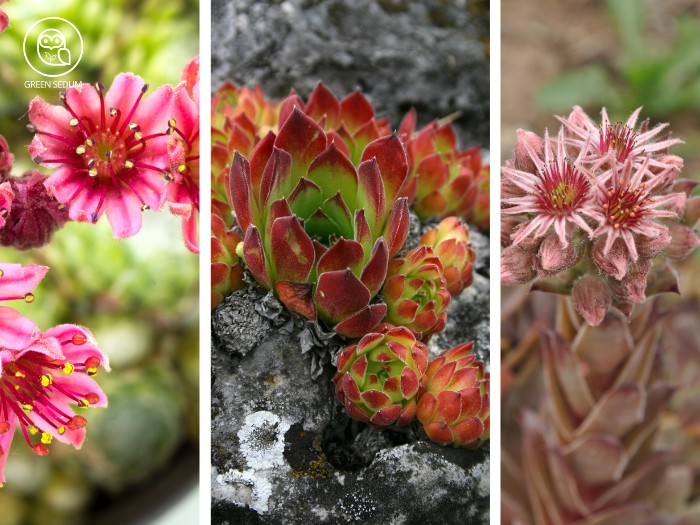
Sempervivum, commonly known as “hens and chicks,” is a quintessential example of monocarpic succulents. These plants are remarkable for their impressive reproductive ability, blooming only once throughout their lifespan.
Sempervivum plants typically produce small, charming flower clusters at the end of summer or early fall. After flowering, the mother plant gradually declines, but don’t worry—new “chicks” will continue to grow from the offsets, ensuring this species remains vibrant in your garden.
2.2. Agave
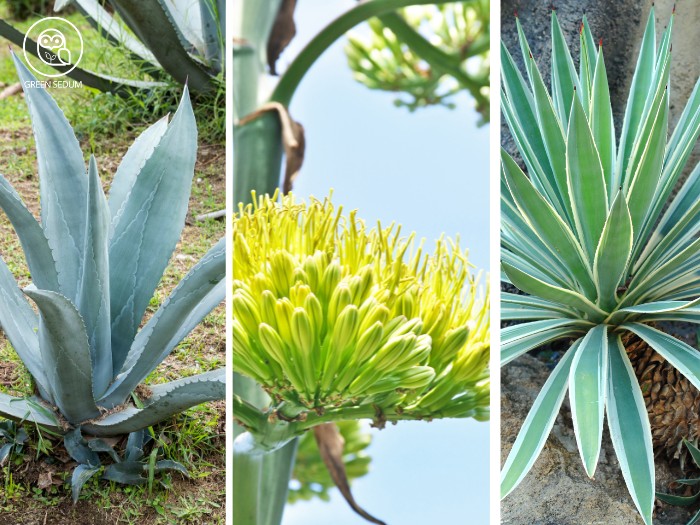
Agave is another succulent with a noteworthy monocarpic lifecycle. Agave plants take several years to mature before they are ready to bloom. When the time is right, they produce a massive and impressive flower stalk that can reach several meters in height.
After the flowering phase is complete, the mother plant will die, but not before leaving behind many offshoots from the base, ensuring the species’ continuation. This process can last from a few weeks to several months, depending on the specific species and environmental conditions.
2.3. Aeonium
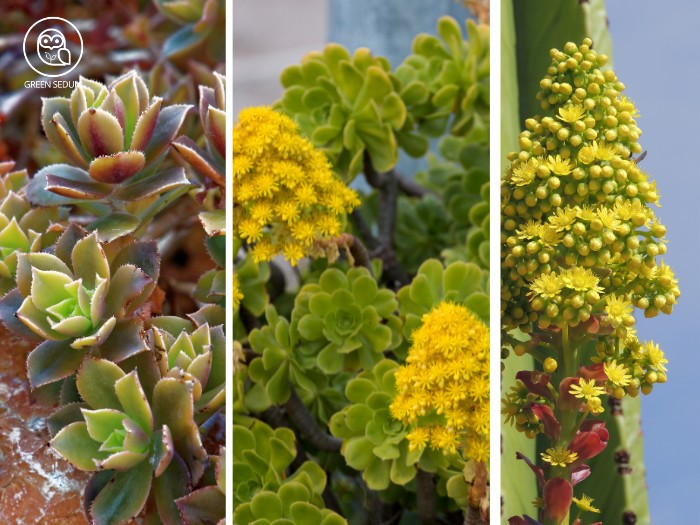
Aeonium is a succulent that also exhibits the characteristics of monocarpic blooming. These plants produce large, often cone-shaped flower clusters as they prepare for reproduction.
After flowering, the mother plant will eventually die, but it usually leaves behind several healthy offspring at the base. These new plants will continue to grow and replace the mother, ensuring that Aeonium’s beauty remains present in your garden.
Caring for and observing monocarpic succulents like Sempervivum, Agave, and Aeonium not only allows you to appreciate their diversity and beauty but also helps you understand the unique growth and reproduction cycles of these fascinating plants.
3. Caring for Monocarpic Succulents
Pre-Bloom Care
Proper preparation is key when caring for monocarpic succulents. Ensure your plant receives adequate light and water to thrive. Keep the soil dry and well-drained, as succulents generally do not like soggy conditions. Providing a light application of organic fertilizer will support the plant’s growth and prepare it for the upcoming bloom.
Post-Bloom Care
After the succulent has bloomed, ongoing care is essential. Once the flowers have faded, trim away the spent blooms and any wilted leaves to help the plant focus its energy on remaining parts. Reduce watering and regularly check the plant for signs of pests. Some succulents may need to be moved to a cooler, shadier location to aid in recovery.
4. Frequently Asked Questions
What are the signs that a monocarpic succulent is about to bloom?
When a monocarpic succulent is preparing to bloom, you may notice the development of flower buds or stalks emerging from the center of the plant. The plant might produce small shoots, and flowers will start to open from these buds. Occasionally, there may be noticeable color changes or alterations in the plant’s shape.
How long does the blooming process of monocarpic succulents typically last?
The blooming process for monocarpic succulents generally lasts from a few weeks to several months, depending on the species and environmental conditions. While some plants may bloom for a longer or shorter period, most will complete their flowering cycle and begin to decline within this timeframe.
Can monocarpic succulents be propagated before they die?
Yes, some monocarpic succulents can be propagated before they die by separating offsets or seeds from the mother plant. However, this may not be successful with all species. To ensure success, consult propagation techniques specific to each type of succulent.
What should I do with monocarpic succulents after they bloom and die?
After a monocarpic succulent has bloomed and died, remove the spent plant parts and check for any viable offsets or young plants that may have developed from the mother plant. For those that can be propagated, harvest offsets or seeds to grow new plants. Ensure the planting area is clean and continue caring for the new plants to promote their growth.
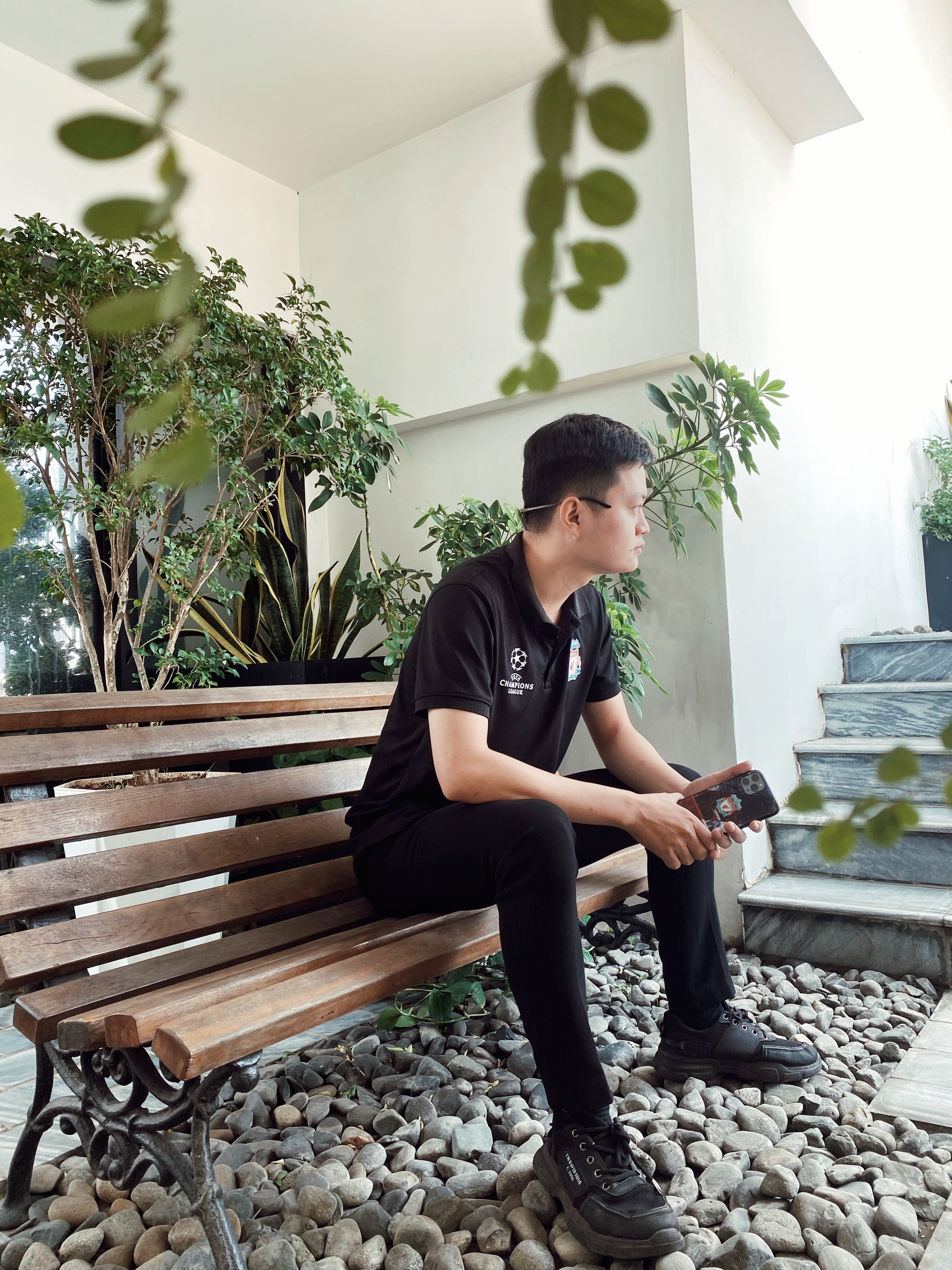
I’m Will Bernan, a gardening enthusiast with over 9 years of experience in succulents, indoor plants, and sustainable living. I also manage SEO for eco-friendly textile brands, promoting fabrics like bamboo and organic cotton.

